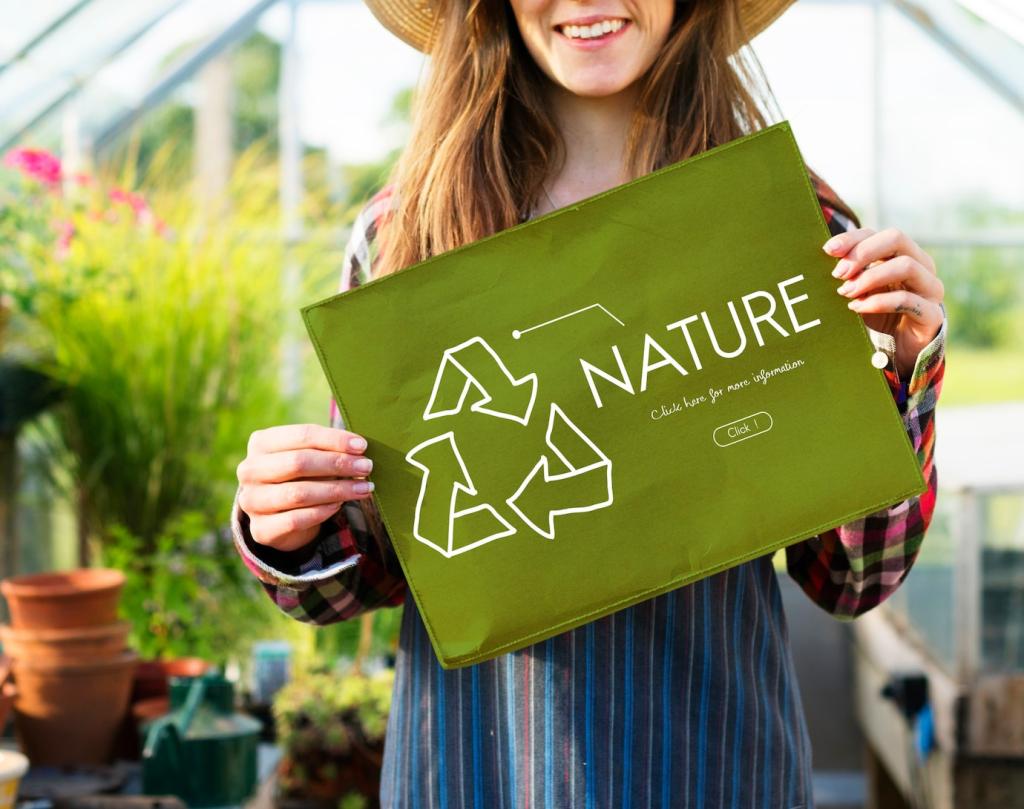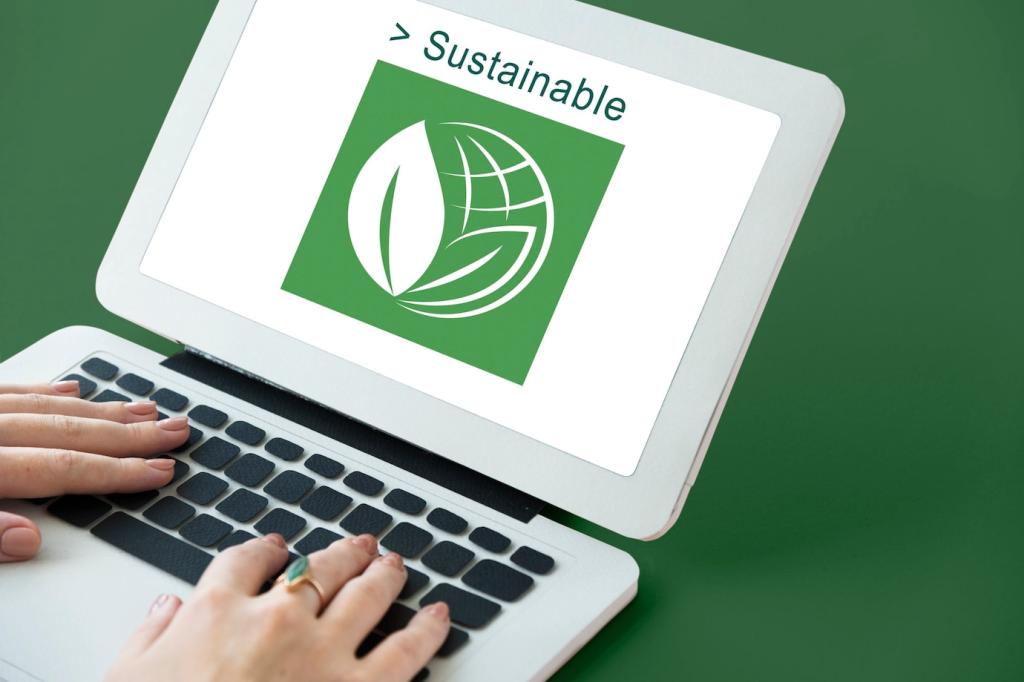Chosen theme: Eco-Friendly Materials for Modern Facades. Explore how sustainable cladding, mindful sourcing, and low-impact assemblies can create striking architecture that breathes, lasts, and inspires. Join our community to learn, share, and build better together.
Why Eco-Friendly Facades Matter Now
Modern buildings often reduce operational energy, so embodied carbon in facades becomes a larger share of total impact. Choosing eco-friendly materials for modern facades helps minimize upfront emissions while still delivering thermal performance, durability, and beauty over a long service life.
Why Eco-Friendly Facades Matter Now
Selecting regionally available facade materials can significantly cut transport emissions, packaging waste, and lead times. Prioritizing eco-friendly materials for modern facades also supports local economies, shortens supply chains, and fosters resilient, transparent relationships with producers committed to responsible forestry, mining, and fabrication practices.



Bio-Based Cladding: Timber, Bamboo, and Beyond
FSC-certified larch, cedar, or thermally modified ash are excellent choices for eco-friendly materials for modern facades. With rainscreen back-ventilation, end-grain sealing, and water-shedding drip details, timber cladding gracefully weathers while retaining structural integrity, reducing maintenance frequency, and enhancing the street’s sensory character.
Bio-Based Cladding: Timber, Bamboo, and Beyond
Strand-woven and laminated bamboo panels offer dimensional stability and fast-growing renewability. As eco-friendly materials for modern facades, bamboo products pair well with UV-resistant, low-VOC finishes and concealed clips, achieving crisp shadow lines, impressive impact resistance, and an unmistakable, contemporary natural aesthetic that welcomes touch and time.
Recycled Metals and Glass with a Lighter Footprint
Recycled Aluminum Rainscreens Done Right
Aluminum can be infinitely recycled, which meaningfully lowers embodied carbon. As eco-friendly materials for modern facades, aluminum panels with high recycled content, durable powder coatings, and robust subframing deliver decades of service while enabling future material recovery without compromising on precision, resilience, or refined architectural expression.
Steel with Recycled Content and Protective Finishes
Specify steel with high recycled content, verified EPDs, and protective, low-toxicity coatings. In eco-friendly materials for modern facades, steel excels when detailed for drainage and ventilation, resisting corrosion while offering a strong substrate for panels, sunshades, and screens that can be efficiently disassembled and reused.
Recycled Glass Panels and Glazed Assemblies
Recycled glass cladding and terrazzo-like glass composite panels introduce luminosity while valorizing waste streams. For eco-friendly materials for modern facades, consider selective coatings, thermal breaks, and shingled detailing to promote drainage, reduce thermal bridging, and celebrate a crystalline texture that shifts beautifully with changing daylight.

Reclaimed Brick with Breathable Lime Mortars
Reclaimed brick preserves history and cuts embodied carbon by avoiding new firing. As eco-friendly materials for modern facades, reclaimed units paired with lime-based mortars enable flexible movement, easier repointing, and charming textures that tell stories of past workmanship, while reducing resource extraction and landfill burdens.
Thin Stone Veneer and Local Quarrying Strategies
Opt for thin stone veneer sourced from nearby quarries to reduce mass and transport emissions. In eco-friendly materials for modern facades, mechanically fixed stone can be demounted, reused, and detailed to shed water, achieving timeless elegance without excess material or unnecessary structural reinforcement demands.
Lower-Carbon Cementitious Panels and Renders
Cement mixes incorporating slag, calcined clay, or other SCMs reduce embodied carbon meaningfully. As eco-friendly materials for modern facades, these panels and renders benefit from fiber reinforcement, ventilated cavities, and mineral pigments that deliver nuanced color, crack resistance, and high durability against weather cycles.
Performance, Health, and Comfort in Facade Assemblies
Back-ventilated cavities, capillary breaks, and thoughtful flashing keep assemblies dry. With eco-friendly materials for modern facades, proper drainage and ventilation mitigate moisture risks, extend component life, and enable reversible maintenance, supporting long-term performance alongside reduced resource consumption and repair interventions.
Design Stories: Character, Context, and Community
01
Our favorite anecdote: a small-town library chose charred, FSC timber as eco-friendly materials for modern facades. The charred surface resisted rain, attracted curious kids, and sparked workshops on stewardship, proving how tactile cladding can transform a building into a beloved, living classroom for its neighbors.
02
An aging apartment block switched to recycled aluminum panels with better insulation and smart shading. By choosing eco-friendly materials for modern facades, residents reported cooler summers, quieter interiors, and lower bills. The vibrant matte finish also reenergized the street, encouraging local shopkeepers to upgrade responsibly.
03
Planter-integrated facade screens created habitat for pollinators and softened a busy corner café. Using eco-friendly materials for modern facades, the team combined recycled steel frames, compostable growth media, and native species, turning wind corridors into gentle microclimates where people linger, chat, and subscribe to our updates.
Get Started: Specification, Verification, and Community
Ask suppliers for third-party Environmental Product Declarations and transparent Life Cycle Assessments. For eco-friendly materials for modern facades, compare functional units, system boundaries, and end-of-life scenarios to spot greenwashing, prioritize genuine reductions, and build a credible materials narrative that clients can trust.
Get Started: Specification, Verification, and Community
Document recycled content targets, certified sourcing, finish toxicity, disassembly methods, and warranty terms. When choosing eco-friendly materials for modern facades, a rigorous checklist accelerates bids, clarifies expectations, and keeps teams focused on performance, craft, and long-term beauty, not just short-term procurement speed.


Join our mailing list
